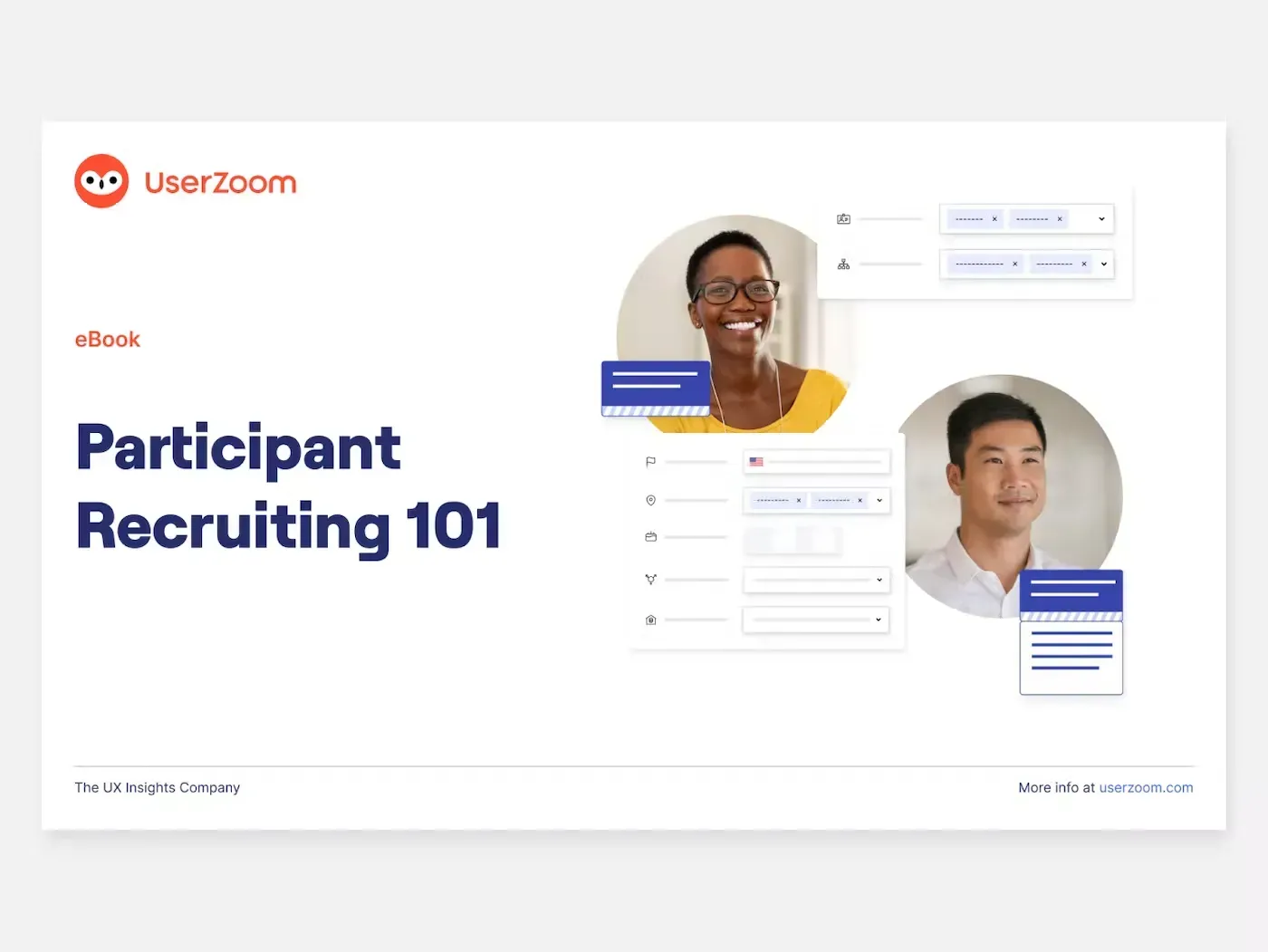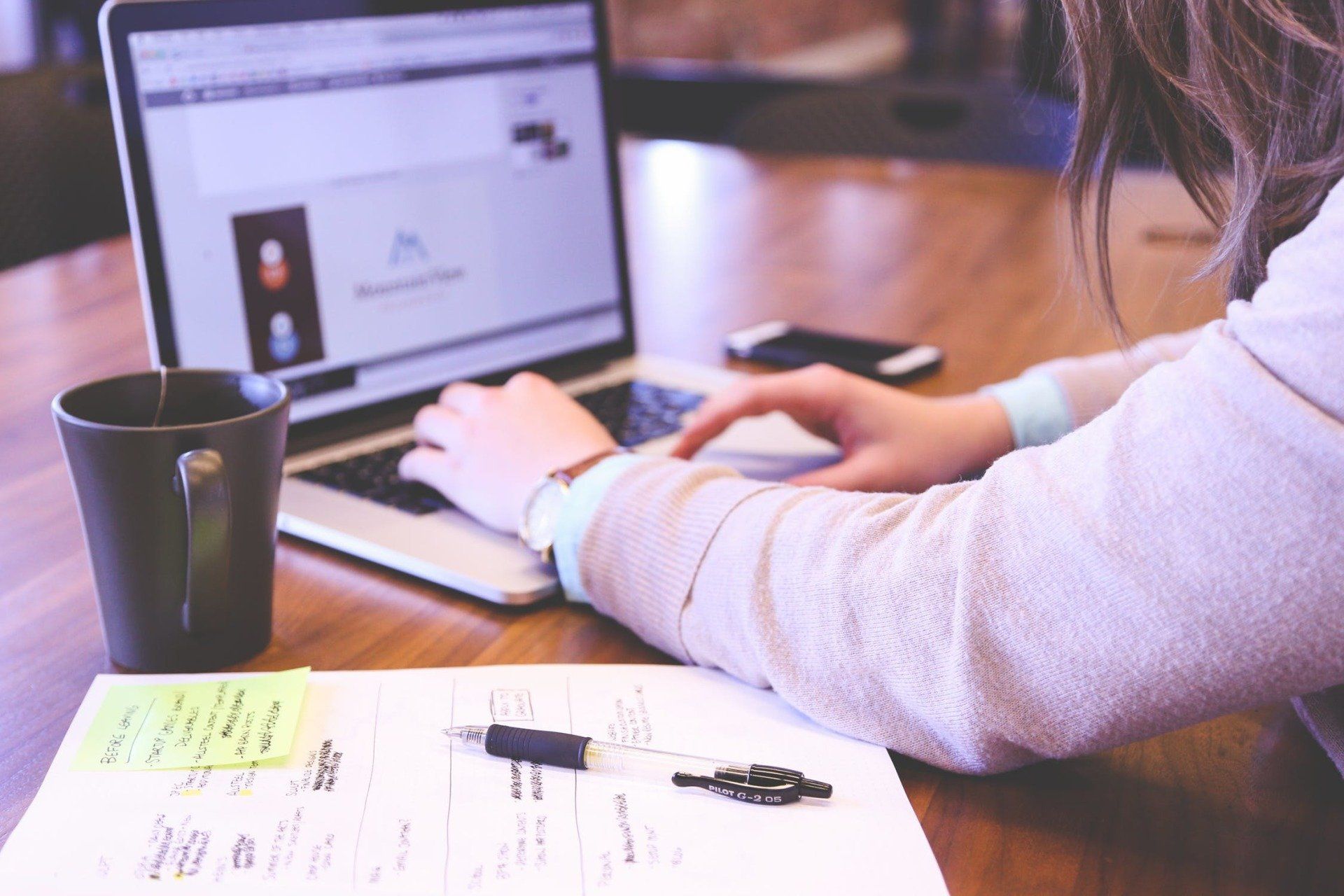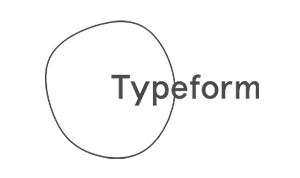Crown Street, Wollongong, 2500
4 Pros When Recruiting Suitable UX Research Candidates
According to a report by Interactive Design Foundation, investing in User Experience (UX) during a project’s conceptual phase reduces project development cycles by 33 to 50%.
The importance of UX research for companies is not even in question anymore. The only question is how companies use them for optimal results.
When you conduct in-house UX research, you want it to be specific to the project while being universal enough to help with future projects.
Picking the right candidates for the research project can help set the proper foundation for it. Read on to know about the pros when recruiting suitable UX research candidates.
4 pros when recruiting suitable UX Research Candidates
User Experience research (UX) is the process of collecting insights about an end user's behavior patterns when they interact with your content or offerings. The goal is to understand the psyche of users, their needs, and their pain points to make user-centered products.
UX research lays the foundation of product design and development. The insight collected
helps you prioritize ideas and features based on what is expected to work with the end user the best. It helps you make informed decisions.
Picking the right users for your research makes all the difference in the quality and durability of the output. It gives you accurate insights that would help create more user-centered products. Moreover, it can also aid in future projects as well.
Here are some key pros you should focus on when recruiting suitable candidates for UX research:
1. Know your needs

When recruiting users for a research project, you need to first make sure that you understand the needs of the project as well as your organization regarding the project. Take account of the goal of the project, the scale at which it will be conducted, and its budget.
What are the processes you will put to use? How does the project fit in with the rest of the projects? Do you want it to be an in-person research or an online one? The
answers to these questions will be your research requirements.
Right on cue, the next point of focus will be
user research recruitment. With your goals in front of you, you can narrow the audience you're looking for and make more targeted recruits. You'll have to make the choice between the general population vs the specific population.
a. General population
The general population in research terminology refers to a random group of participants. So, a study conducted on the general population will have a varied group of research participants participating in it.
The pool of people participating will be from
varied backgrounds and demographic groups. They will have different educational and employment credentials. There will be people in the pool who will have a few overlapping traits such as men in their 40s, but not a majority.
There are many scenarios when a general population study would be a more suitable option than its counterpart. For instance,
if you're
coming up with a new product
and conducting research to support its procedure.
Having a varied sample size will let you see with whom your product or service will resonate with. This way you
can mark the demographics that take an interest in the product and target it toward them, saving time and resources in the process.
b. Specific population
On the other hand, the specific population in research terminology refers to a very specific group of participants. So, a study conducted on a specific population will have a similar group of research participants participating in it.
The pool of people participating will be
sharing common characteristics such as similar age groups, professions, educational qualifications, or interests. For example, women in their 30s that are interior designers.
Specific population research is
usually used for B2B products as the target audience for them is usually pre-decided and quite refined, such as a specific job role. Working with a general population will simply not yield accurate results.
For
example, you may be testing the usability of your software application on Android phones. For this, you specifically need a user group that not only uses Android phones but is familiar with the OS to give you correct insights.
b. Create your ideal user persona

While user personas have been a pivotal part of sales and marketing, they were introduced in the UX community by Alan Cooper and first mentioned in his book The Inmates Are Running The Asylum. In simple words, they are the ideal person for a task.
In sales and marketing, the user persona defines the ideal customer who would be interested in a product to help marketers look for the target audience and pitch them the product with their marketing efforts.
In UX research, the same principle helps you create the ideal end user for the product or service your research study is to be conducted. You can create a few sets of Ideal end users.
This will help you know
what to look for when recruiting participants. It simplifies the recruitment process as you can easily inform the recruiter about your requirements.
For instance, instead of telling them that you need an appropriate group for research about your new product, you can tell them that you need people in their 30s belonging to varied backgrounds. This puts the focus on recruiting the right people instead of project details.
3. Use the right tools
There are quite a lot of ways to recruit participants for your research studies. You may do it yourself or enlist the help of a third party. Doing it in-house would require time and resources on your part and might not be the best idea unless you have a proper framework for it.
Delegating the task to an agency would save you the effort but you need to make sure that they truly understand your specific needs to gather the most suitable candidates for the study. The ultimate
choice between the two depends on your budget and the scope of the study.
a. Recruit yourself
To recruit participants yourself, you may already have a database of users that can be participants. This database can be made from previous customers or previous participants from past studies.
If you don’t have such a database, take a look at previous customers to recruit them. Enlist the help of online tools
meant for participant recruitment. Platforms such as Craigslist, Reddit, or LinkedIn can come in handy. You can also post on social media platforms to invite recruits.
b. Enlist the help of third-parties
A recruitment agency can help you recruit candidates with ease. All you have to do is describe your research details and requirements and they will take care of the rest. This is where the creation of the user persona can come in handy.
It helps you explain your desired user with ease. The agency will also be able to find the suitable candidate with more efficiency as they know exactly who to look for.
4. Form relationships

Every dollar that is invested in UX research returns $100. That is a whopping ROI of 9,900%, reports Forbes. As UX research plays such a pivotal role in the development process of any company, it becomes equally important to form relationships with the research participants that play a role in the process.
Treating them as subjects will yield ordinary or even inadequate results as they may not feel invested in the project they're participating in. When you form a bond with them, they will be
more enthusiastic about the project, more invested in its proceedings, and more determined to give their best.
Think of research participants as your employees or customers, as
they're essentially playing the role of both. Treating them with respect and admiration will gain you their enthusiastic participation to make your research study successful.
To form bonds with your research participants,
interact with them before they participate in the study and make them comfortable about it. Ask them questions and urge them to ask you questions. Reward them with tokens of appreciation after the study is done.
It's important to
keep in touch with them after the study is complete. They can return for a new study and will likely be willing and enthusiastic participants based on their previous experience with you. They will also form a formidable database of participants in your system.
Know your project needs to recruit the right user group for UX research
The right candidate forms the foundation for a UX research study. It's crucial to recruit the most suitable candidate to conduct a fruitful research study.
Begin by cataloging your requirements with the study. It'll give you a good idea about the user group you need to recruit to participate in it.
You may recruit yourself through internal databases or online tools or may enlist the help of third parties for hassle-free recruitment. Make sure to form positive bonds with your recruits for a fruitful association with them.

Love My Online Marketing has 10+ Years of working alongside businesses and helping them grow. Discuss your options for online success from website Design and Development through to Google Marketing.
Do you want more traffic and business leads?
Love My Online Marketing is determined to make a business grow. Our only question is, will it be yours?






























